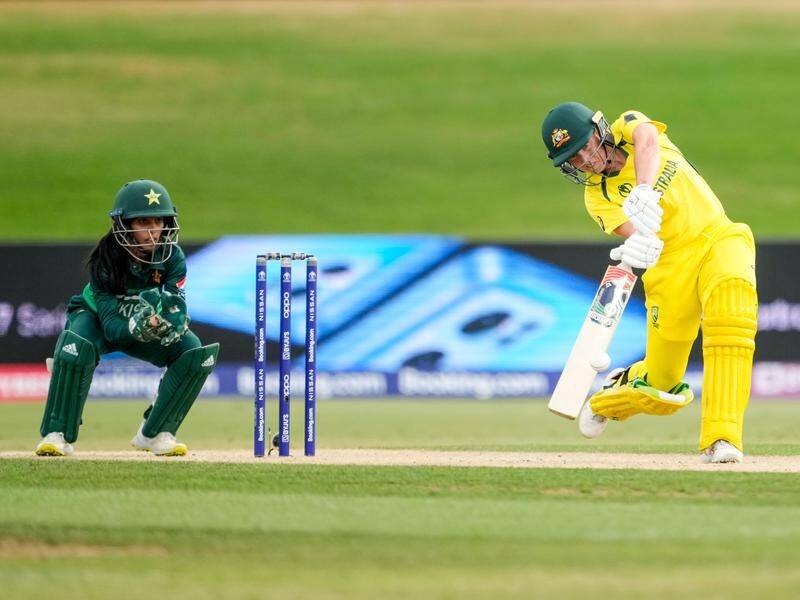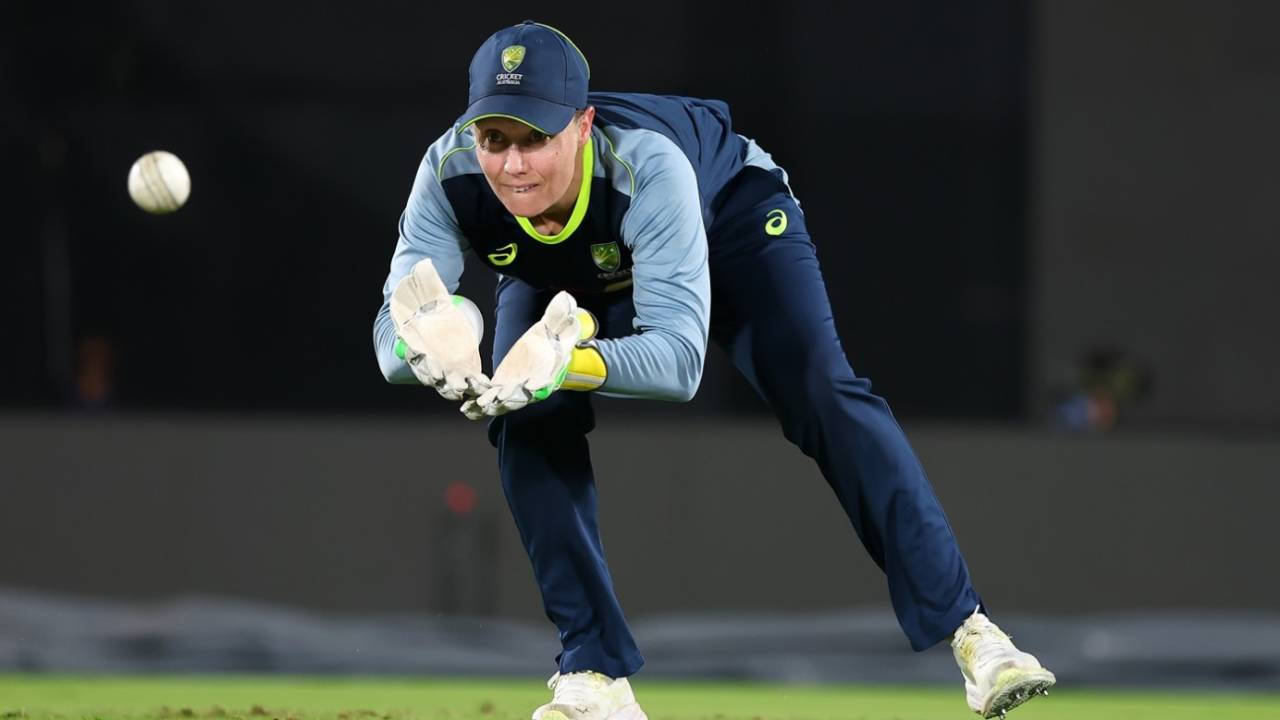
The ICC Women`s World Cup, a crucible of talent and tension, often throws up unexpected narratives. For the reigning champions, Australia, the current edition has brought a peculiar challenge: a string of batting performances that, on paper, might suggest vulnerability. Yet, as captain Alyssa Healy confidently asserts, these are not “worries” but rather “something we`d like to rectify.” A subtle distinction, perhaps, but one that perfectly encapsulates the Australian team`s pragmatic and unshakeable belief in their process.
The “Not a Worry” Conundrum
Recent scorecards—figures like 128 for 5, 76 for 7, and a pre-tournament 190 all out against India—would typically send shivers down the spine of any cricketing nation. For Australia, however, these numbers appear to be mere footnotes in a larger, more successful story. Healy`s composure in the face of these statistics speaks volumes about the team`s internal strength and understanding of the game`s inherent ebbs and flows.
It’s an almost clinical assessment: an acknowledgment of a less-than-ideal outcome, swiftly followed by a commitment to strategic adjustment. This isn`t complacency; it`s a deep-seated confidence that the collective talent and tactical acumen of the squad will ultimately prevail. As Healy herself points out, this World Cup has seen numerous teams grappling with similar struggles. South Africa were skittled for 69, England stuttered chasing 179 against Bangladesh, and even India, Australia`s next formidable opponent, have faced their own top-order challenges. In a tournament where low scores are becoming a recurring theme, Australia`s capacity to recover from their own collapses, often led by explosive centuries from players like Ashleigh Gardner and Beth Mooney, highlights their unparalleled depth.

The Unpredictable Canvas: Pitches and Pressure
So, if not outright concern, what drives these fluctuating batting performances? The answer, as so often in cricket, lies in the conditions. This ICC Women`s World Cup, played across diverse venues, has presented pitches that are far from the batsman-friendly highways often seen in modern limited-overs cricket. Guwahati and Colombo, for instance, have offered generous turn and grip, aiding slower bowlers and making free-flowing stroke play a luxury. The added moisture from occasional rain has only compounded the challenge, transforming potential run-fests into gritty battles of attrition.
Indore stands out as an exception, a flatter track where Australia confidently posted 326 against New Zealand. This contrast underscores the critical demand for adaptability. Teams must quickly decipher the nature of each new surface – a fresh wicket, a different outfield, and the unique challenges posed by a new opponent in unfamiliar territory. It`s a technical puzzle, not a crisis of skill.
Australia`s Unwavering Blueprint: Aggression Meets Adaptability
Despite the occasional wobble, Australia`s team strategy remains firmly in place. Healy is adamant about the crucial role of the powerplay. A strong, aggressive start, she believes, lays the foundation, even if the middle overs see oppositions attempting to “squeeze.” This balance between initial aggression and tactical awareness is key.
With Healy and Phoebe Litchfield opening the innings, the intent is clear: go hard, but go smart. “We`re not exactly going to curb that at any point,” Healy states, reinforcing their aggressive mindset. The emphasis is on “making a few better decisions and taking a few smarter options,” feeling out the conditions in real-time. This pragmatic aggression is designed to set the stage for a “dominant middle order” capable of setting imposing totals or chasing down any target. It`s a testament to a team that trusts its instincts while remaining acutely analytical.
“I mean, we`re allowed to lose games of cricket and we`re allowed to be put under pressure at times, in particular in World Cups. I think you`re going to be put under the pump in unfamiliar conditions, against unfamiliar sides at times. I think that`s the nature of the game…” – Alyssa Healy on the team`s approach.
The Growing Rivalry: India as the Awakened Giant
Looking ahead to the clash with India in Visakhapatnam, the narrative shifts to one of escalating rivalry. Historically, matches between these two cricketing powerhouses have produced some of the sport`s most memorable moments – from Harmanpreet Kaur`s jaw-dropping 171* in 2017 to Australia`s six-wicket victory in the 2022 ODI World Cup.
Healy acknowledges India`s transformation, describing them as an “almost sleeping giant” that has been awakened. She credits the Women`s Premier League (WPL) with revealing India`s deep talent pool and solidifying their distinct style of play. In their home conditions, India undeniably poses a significant threat. Yet, Australia`s perspective remains unwavering: they are ready for the challenge, understanding that in this World Cup, every team is pushing the boundaries, making every contest a high-stakes affair.
In essence, Australia`s current World Cup journey is less about concern and more about calibration. Alyssa Healy`s calm leadership reflects a team that views challenges as opportunities for refinement, not reasons for panic. They are dissecting the nuances of cricket pitches, adapting their aggressive style, and embracing the intensifying rivalries, all with their eyes firmly fixed on the ultimate prize of the Women`s Cricket World Cup.









